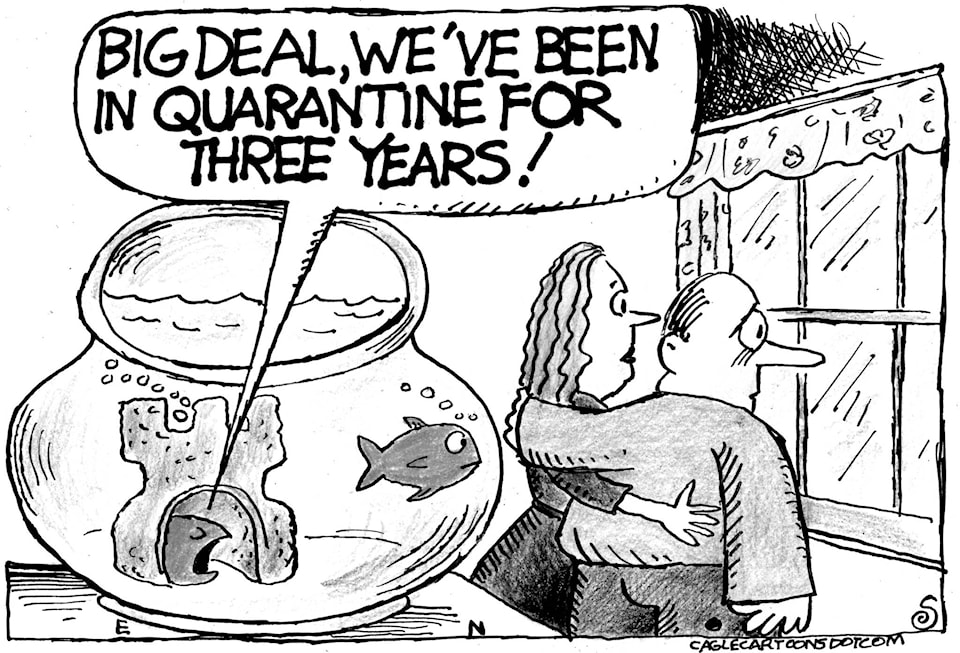By Chris Janetopoulos
The Baltimore Sun
There is much confusion regarding COVID-19 spread — understandable given the evolving nature of the data set and the proliferation of misinformation. Before children head back to school, it’s critical their teachers and parents understand the risks.
It has been demonstrated that all ages can be infected by the virus, and the older you are, the more likely you are to have complications. While rare, very serious illness and death can occur in children, and preconditions in children and adults can contribute to hospitalization. Multiple studies have come in the past month demonstrating school attendance does not appear to play a strong role in COVID-19 spread and that opening schools has had little direct effect on community transmission.
National Geographic was recently given exclusive access to an Icelandic study that provides some clarity on transmission between individuals. Scientists from the Directorate of Health and deCODE genetics out of Reykjavik monitored every citizen in the country after being potentially exposed to COVID-19 during spring 2020. Children were defined as under age 15 and found to be half as likely to be infected; they were additionally half as likely as adults to transmit the virus. Interestingly, almost all of the COVID-19 transmissions to children came from adults.
Other data has suggested underlying mechanisms that may account for these findings. While the ACE2 receptor has been implicated in infection and appears to be downregulated in most children, an additional study out of Vanderbilt University found that an enzyme that helps chop up the spike protein increases in expression in adults. This processing is thought to assist viral entry into the cell, and its presence in certain cells of the lungs correlated with COVID-19 infection. In addition to having a strong innate immunity and more diverse antibody repertoire that protects against COVID-19 infection, children may also be protected because they lack proteins needed for infection of certain cells in the lungs.
As the data continues to accumulate, a picture is starting to emerge that makes scientific sense regarding the differences in infectivity and disease we are seeing across age groups. When children do get infected, the majority quickly eliminate the virus. Therefore, the time that they are infectious is shortened, providing less duration for them to infect their cohorts, and potentially limiting their symptoms. Given it may take a larger dose of virus to become infected if you are a pre-adolescent child, overall transmission between children should be lower.
On the other hand, adults have a weaker innate immunity, and they also have the proper proteins expressed in their lungs permitting infection, so it may take a smaller viral load for an adult to get infected from a child. Conversely, adults, because they are poor at clearing the virus, are infectious longer, may have higher viral loads, and would typically develop worse symptoms. Adults also have a larger lung capacity and would expel air for further distances, which would have a greater likelihood of infecting everyone. Additionally, the older you are, the more likely you are to have dysregulated immune function and preexisting conditions. Taken together, numerous properties of the virus, your immune response and your physiology work together to determine the probabilities of infectivity and disease.
This model suggests that teachers and staff, and adults in general, should be cautious around children, but even more so with other unmasked adults, including colleagues at breaks and lunches. Lastly, it is important that researchers carefully determine the degree to which children, or subsets of children with preconditions, infect one another, as it has implications for who should have priority for vaccinations.
Interestingly, it is now well accepted that asymptomatic individuals are contributing to the spread of COVID-19, with estimates suggesting that nearly 60% of all spread occurs in this manner. This percentage will likely vary, depending again on the probabilities outlined above. Nevertheless, since asymptomatic individuals are not sneezing or coughing, this provides further support that normal breathing and talking, along with singing, leads to transmission and is further evidence for the role of smaller aerosols in driving this pandemic. Microscopic aerosols can travel beyond 6 feet, and this needs to be carefully considered in the transmission of COVID-19. This is critical, because it means that the closer you are to inhaling the air that someone else exhales, the higher your probability of getting infected. This may also mean you are not safe if you are more than 6 feet away, especially indoors with poor air circulation. An elegant contact tracing experiment in South Korea recently provided evidence that one can be infected, even when on the other side of a restaurant, when individuals were not wearing masks, and air flow carried these tiny aerosols across the room.
So, while hand-washing is good hygiene that should be encouraged, this is a respiratory virus spread largely by aerosols, and the probability of getting live virus from your hands or a surface into your respiratory tract appears small. COVID-19 transmission can be dramatically curtailed with mask wearing, which children generally don’t mind, and once their teachers are vaccinated, the risk of COVID-19 spread to the students and vice versa drops significantly. Regardless, it is important for our politicians to remember that our teachers should be treated with respect as we make these critical decisions.
Chris Janetopoulos is an associate professor of biological sciences and co-director of the BioImaging Core Facility at the University of the Sciences in Philadelphia. Email: c.janetopoulos@usciences.edu
